
Commenting on the East Asia Forum website (eastasiaforum.org) recently, Ayant Menon, a senior fellow at the ISEAS-Yusof Ishak Institute in Singapore, said that the Trump administration’s tariff policies are causing heated debates about who will actually “bear” the cost of higher prices: foreign exporters or American consumers. While President Trump believes that exporters should bear the tariffs by reducing their profit margins, the reality of complex global supply chains suggests that this scenario may not last.
When US tariffs take effect, exporters face a difficult decision: absorb the tariffs (cutting profits) or pass the tariffs on to US importers (and risk losing market share).
Based on the literature on the “pass-through” of policy changes (including tariffs) into the prices of traded goods, the degree of pass-through depends on the product and time, not solely on the level of competition between sellers and buyers.
In the short term, tariffs can be absorbed by either the exporter or the importer (who pays the tax). President Trump expressed his opinion on Truth Social on May 17 that companies like Walmart and China should "take the tariff" and not charge it to loyal customers.
If exporters bear the full cost of tariffs, the importing country benefits from the terms of trade, which can improve social welfare. Conversely, if importers or retailers bear the tariffs, it can act as a corporate tax, which will affect consumers.
There is evidence that the Trump administration's first rounds of tariffs on China were partially absorbed, with Chinese exporters absorbing between 10 and 50 percent of the tariffs on some products like steel.
US Consumers: The Burden of Price Increases and Inflation
Exporters now have less incentive to absorb the tariffs because this time, all countries – not just China – are taxed, reducing the impact on relative competitiveness. This means they can more easily pass the tariffs on to US importers and ultimately consumers.
There are already signs of rising prices due to tariffs. With the tariff pause (excluding China) ending in August 2025 and pre-tariff inventories running low, prices are likely to continue to rise.
In addition, indirect effects that will increase inflationary pressures over time include: Prices of domestically produced substitutes rising across the board with the prices of the imports with which they compete; and rising costs of imported inputs spreading throughout the supply chain, eroding the competitiveness of US exports that use them.
There is also a price-wage spiral: As the cost of living rises, workers demand higher nominal wages. In addition, rising inflation expectations can lead to runaway inflation, requiring monetary tightening, which reduces economic growth.
Supply chain diversification and the risk of disruption
One reason President Trump supports tariffs is the belief that exporters will “get around the tariff” by shifting production to the US to stay competitive in the world’s largest consumer market. Companies like Honda and Hyundai have reportedly planned to move some of their auto production out of Mexico, and semiconductor companies like TSMC and Nvidia also plan to expand their investments in the US. But the realities of complex global supply chains and geographically dispersed production make relocation not easy or worthwhile.
Conversely, the likely response from countries is to reduce their dependence on an “aggressive” and unreliable trading partner like the US. There are signs that Southeast Asia is already diversifying its production away from the US. For example, Indonesia and the European Union (EU) finalized a trade deal in September 2025 after nearly a decade of stalled negotiations.
As such, as competition for supplying the US market decreases, so does the incentive for exporters to absorb tariffs. This will lead to higher prices and fewer choices – even shortages – for US consumers.
In the longer term, international evidence suggests that the US is unlikely to see significant new trade or investment benefits. Instead, the more likely scenario is rising inflation, worsening inequality and slowing growth, raising the risk of stagflation.
Source: https://baotintuc.vn/phan-tichnhan-dinh/khi-dong-luc-ap-thu-thue-quan-tu-my-cua-cac-nha-xuat-khau-giam-xuong-20251024150330653.htm


![[Photo] Prime Minister Pham Minh Chinh chairs conference on breakthrough solutions for social housing development](https://vphoto.vietnam.vn/thumb/1200x675/vietnam/resource/IMAGE/2025/10/24/1761294193033_dsc-0146-7834-jpg.webp)
![[Photo] Prime Minister Pham Minh Chinh and South African President Matamela Cyril Ramaphosa attend the business forum](https://vphoto.vietnam.vn/thumb/1200x675/vietnam/resource/IMAGE/2025/10/24/1761302295638_dsc-0409-jpg.webp)
![[Photo] President Luong Cuong chaired the welcoming ceremony and held talks with United Nations Secretary-General Antonio Guterres](https://vphoto.vietnam.vn/thumb/1200x675/vietnam/resource/IMAGE/2025/10/24/1761304699186_ndo_br_1-jpg.webp)


![[Photo] Solemn funeral of former Vice Chairman of the Council of Ministers Tran Phuong](https://vphoto.vietnam.vn/thumb/1200x675/vietnam/resource/IMAGE/2025/10/24/1761295093441_tang-le-tran-phuong-1998-4576-jpg.webp)
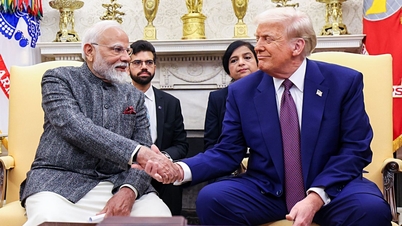





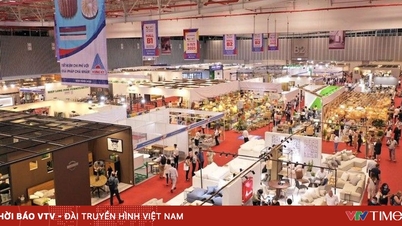
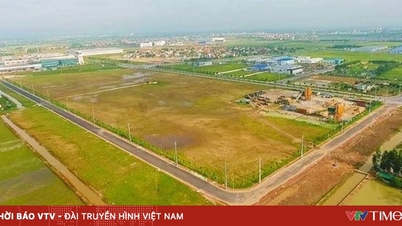
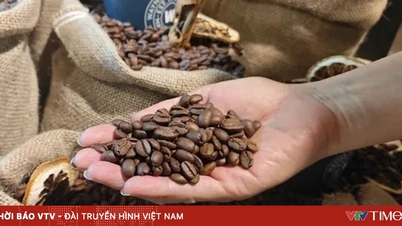
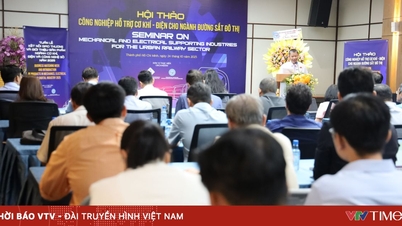









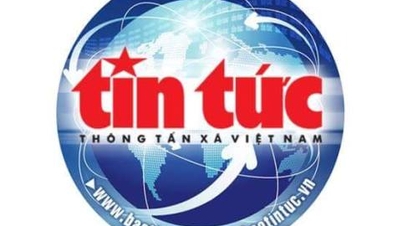
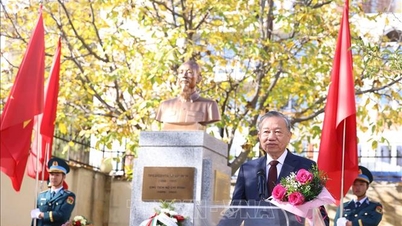






































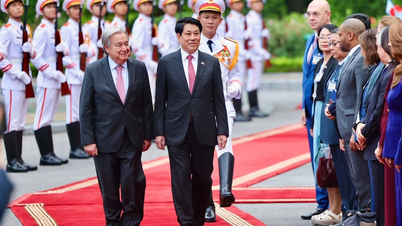



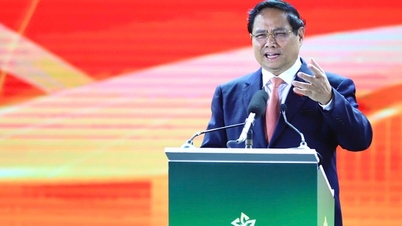
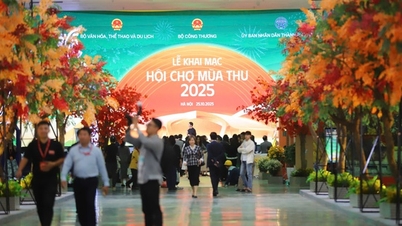
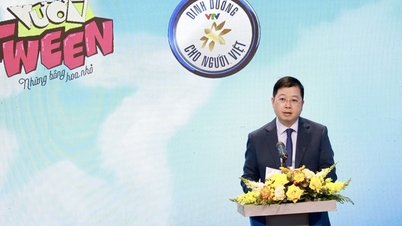
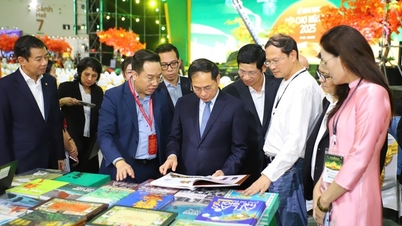
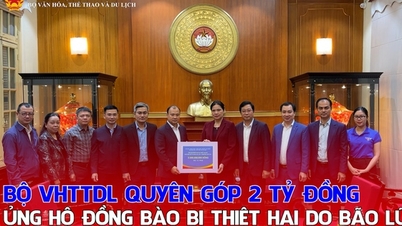

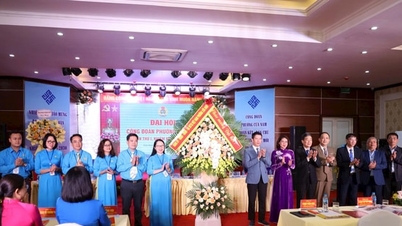




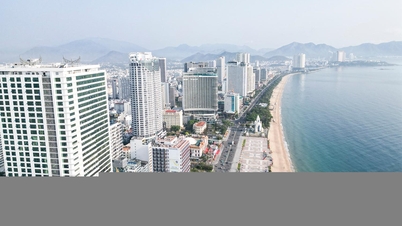


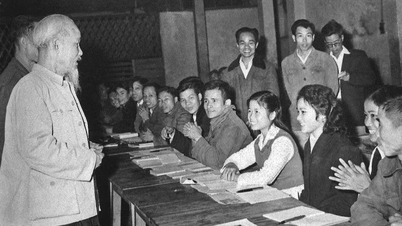

















Comment (0)